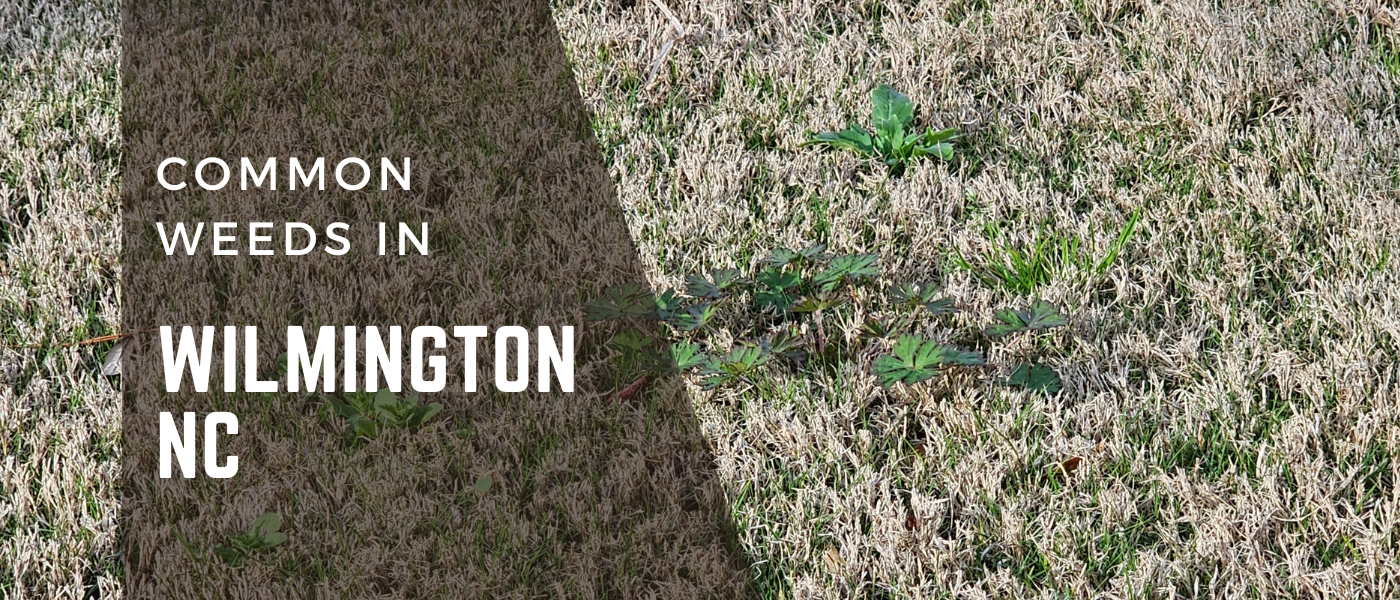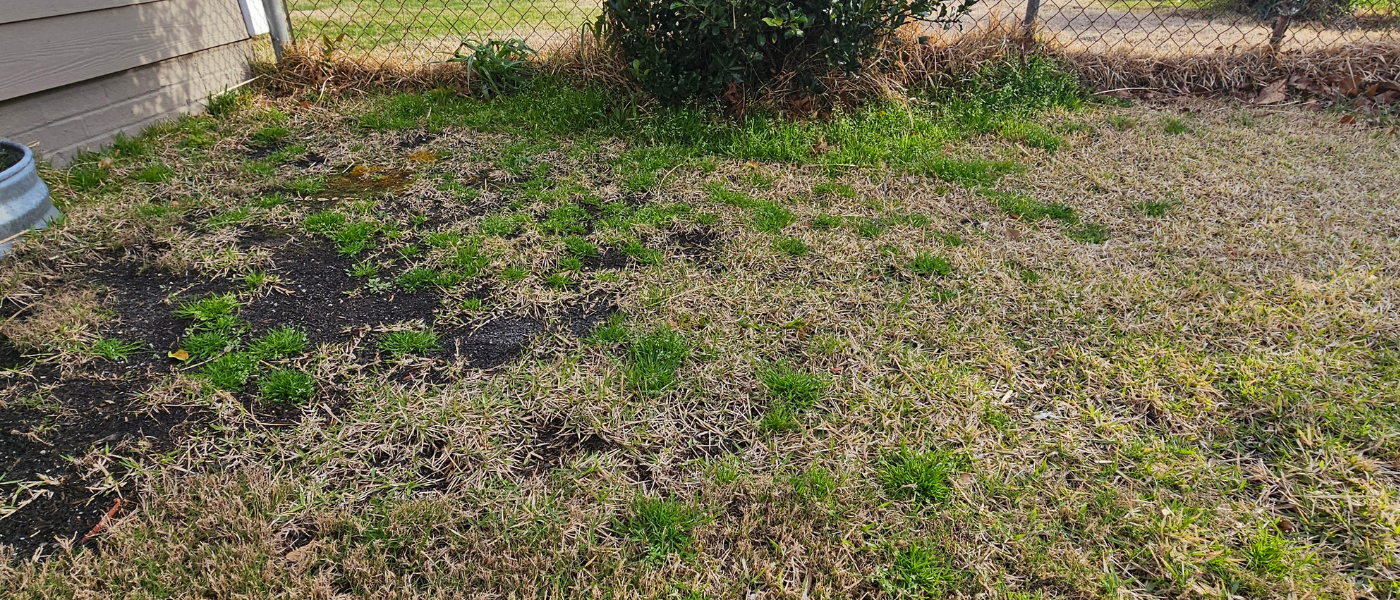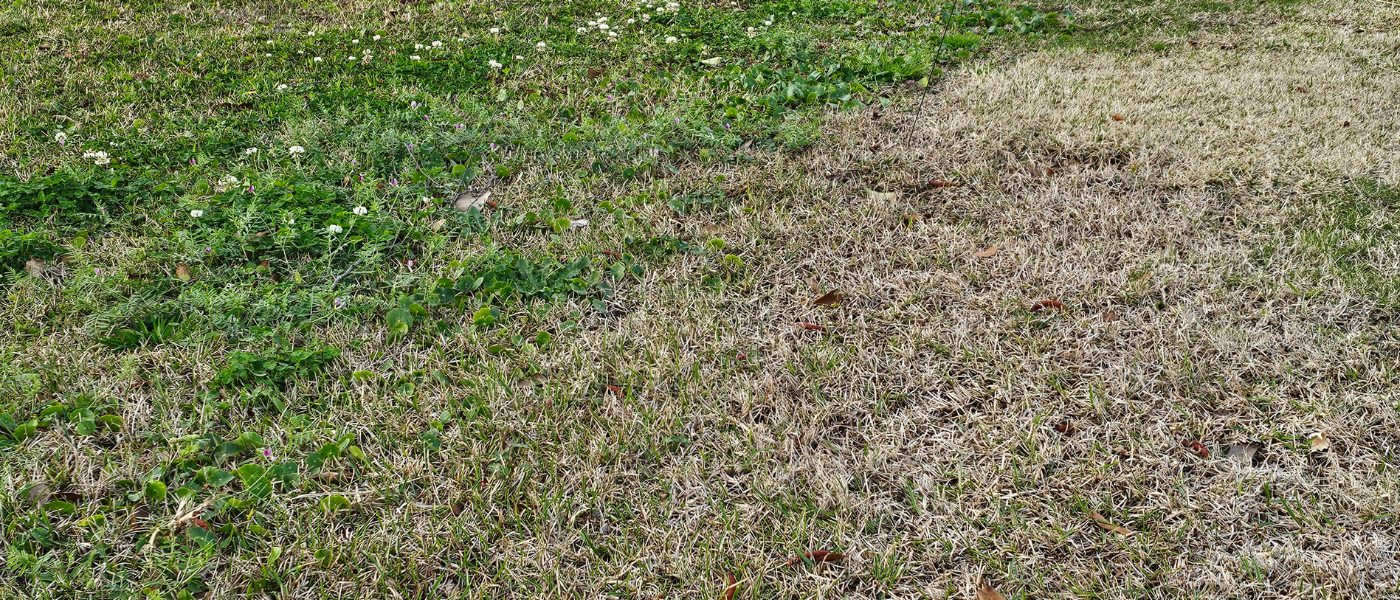
Battling weeds in Wilmington? Welcome, Wilmington homeowners! You’re not alone in your fight against unwanted plants in your lawn. A key step towards a lush, weed-free yard is understanding the various types of weeds and their unique characteristics.
From the rapidly spreading summer annuals to the stubborn perennials, each weed requires a specific approach for effective control. In this guide, we’ll delve into the world of annual, biennial, and perennial weeds, providing insights and strategies to help you maintain a beautiful, healthy lawn. Let’s embark on this journey to weed-free landscaping!
| Weed Type | Category | Examples | Characteristics |
| Summer Annuals | Broadleaves | Black Medic, Chamberbitter, Lespedeza, Spurge | Small flowers, thrives in warm soil |
| Grasses | Crabgrass, Goosegrass, Japanese Stilt Grass | Rapid spread, invasive species | |
| Winter Annuals | Broadleaves | Asiatic Hawksbeard, Bittercress, Chickweed | Cool-season growth, diverse flowers |
| Grasses | Annual Bluegrass, Annual Ryegrass | Common in cooler months, quick germination | |
| Biennial Weeds | Broadleaves | Wild Carrot (Queen Anne’s lace) | Two-year lifecycle, leaf growth in first year |
| Perennial Weeds | Simple Perennials | Aster, Curly Dock, Dandelion | Multi-year lifespan, regenerative abilities |
| Creeping Leaves | Dollarweed, Ground Ivy, White Clover | Aggressive spread, challenging control | |
| Creeping Grasses | Bermudagrass | Tough lawn grass, creeping growth habit | |
| Tubers | – | Florida Betony, Nutsedge | Underground tubers, hard to eradicate |
| Bulbs | – | Wild Garlic, Wild Onion | Grows from bulbs, regenerates from fragments |
This table provides a quick overview of the various weed types, their categories, examples, and key characteristics, making it a handy reference for homeowners in Wilmington seeking a weed-free lawn.
Summer Annual Weeds in Wilmington NC
Summer annuals like crabgrass and spurge sprout, grow, and die within the summer season. Thriving in warm soil, they rapidly produce seeds and can quickly invade lawns.
Broadleaves
- Black Medic: This weed is a common sight in many lawns, characterized by its small, yellow flowers. Black medic can quickly invade spaces where the grass is thin, thriving particularly well in compacted soil.
- Chamberbitter: It resembles a miniature tree and can be challenging to control once established. This weed is known for its rapid growth and prolific seed production.
- Lespedeza: A clover-like plant, lespedeza is often found in lawns with poor soil quality. It’s resilient and can be difficult to eradicate once it takes hold.
- Prostrate Knotweed: This weed is identified by its mat-forming growth habit and small, thin leaves. It often appears in areas where the soil is heavily compacted, like footpaths or driveways.
- Spurge: Easily recognized by its milky sap, spurge is a low-growing weed with small leaves. It can quickly spread across lawns, gardens, and sidewalks, especially in hot, dry conditions.
Grasses
- Crabgrass: A notorious lawn pest, crabgrass spreads rapidly and can quickly overtake a lawn. It thrives in hot, dry conditions and is known for its ability to produce thousands of seeds.
- Goosegrass: Similar in appearance to crabgrass, goosegrass can be identified by its white, star-shaped center. It prefers compacted soil and is often found in high-traffic areas of the lawn.
- Japanese Stilt Grass: An invasive species that poses a significant threat to lawns and natural habitats. This grass can take over large areas, displacing native plants and altering the ecosyste

Winter Annual Weeds in Wilmington
Winter annual weeds in Wilmington NC, like chickweed and annual bluegrass, start their life cycle in the cooler months of fall and typically die in spring or early summer. They flourish in cool, moist conditions often found in Wilmington winters.
Broadleaves
- Asiatic Hawksbeard: Known for its distinctive yellow flowers and deeply lobed leaves, it’s a common sight in lawns and disturbed areas.
- Bittercress: This small weed is noticeable for its rapid growth and white flowers that appear quickly in cooler weather.
- Chickweed: A common edible weed, chickweed has tiny white flowers and is often used in salads.
- Henbit: With its attractive purple flowers, henbit is not only a common lawn weed but also a favorite among bees.
- Horseweed: This tall, slender weed with small white flowers can grow in various environments.
- Lawn Burweed: Notorious for its spiny burs, lawn burweed is a low-growing, troublesome weed.
- Speedwell: Featuring small blue flowers, speedwell thrives in moist, cool conditions.
- Vetch: This vine-like weed with purple flowers is often found climbing on other plants or structures.
Grasses
- Annual Bluegrass: A cool-season grass, it’s frequently seen as an undesirable weed in lawns.
- Annual Ryegrass: Known for its quick germination, annual ryegrass can be quite aggressive and competitive in lawns.
These winter annuals can be challenging for homeowners in Wilmington, but understanding their characteristics is the first step toward effective weed control.
Biennial Weeds
Biennial weeds in Wilmington, such as the wild carrot, exhibit a unique two-year lifecycle. In the first year, they focus on leaf growth, usually forming a rosette close to the ground. In their second year, they bloom, produce seeds, and then die. This lifecycle makes early detection and removal in the first year crucial for effective control.
Broadleaves
- Wild Carrot: Known as Queen Anne’s lace, this weed is identifiable by its delicate, white, lacy flowers that appear in its second year. It resembles a carrot plant (hence its name) and is commonly found in meadows and along roadsides.
Perennial Weeds in Wilmington NC
Perennial weeds like dandelions and plantains are challenging foes in gardens due to their multi-year lifespans and robust regenerative abilities. They can spread both through seeds and vegetative parts, making them hard to eradicate.
Simple Perennials
- Aster: Known for its lovely star-shaped flowers, adding a touch of beauty but also a challenge in lawns.
- Curly Dock: This weed stands out with its distinctive curly leaves and is often found in disturbed areas.
- Dandelion: Famous for its bright yellow flowers and deeply toothed leaves, dandelions are both persistent and widespread.
- Dogfennel: Characterized by its tall stature and feathery foliage, dogfennel can quickly take over uncultivated spaces.
- Plantain: With broad leaves, plantain is a common sight in lawns and compacted soil areas.
- Virginia Buttonweed: Difficult to control, it features white or lavender flowers and invades lawns and gardens.
- Wild Violet: Charming for its heart-shaped leaves and purple flowers but can be an aggressive spreader.
Creeping Broadleaves
- Dollarweed: Thrives in wet, moist areas and is identified by its round leaves.
- Ground Ivy: A vining weed that can quickly cover ground with its purple flowers.
- White Clover: Recognizable by its white flowers and clover-like leaves, often found in lawns.
- Woodsorrel: Similar in appearance to clover but distinguished by its yellow flowers.
Creeping Grasses
- Bermudagrass: An aggressive lawn grass that can be difficult to control due to its creeping growth habit.
Understanding and identifying these perennials is crucial for effective lawn care and maintaining a healthy, weed-free garden in Wilmington.

Tubers
Tuberous weeds in Wilmington NC, such as Florida betony and nutsedge, are especially challenging in lawns due to their underground tubers. These tubers can survive many control methods, making complete eradication difficult.
- Florida Betony: This weed is known for its unique tubers, which resemble rattlesnake rattles. It can rapidly spread in lawns and gardens.
- Nutsedge: Characterized by its tall, grass-like appearance and distinctive triangular stem, nutsedge is a common and persistent problem in many lawns.
Bulbs
Bulbous weeds like wild garlic and wild onion grow from bulbs. They can be particularly difficult to control as they can regenerate from any fragments of bulbs left in the soil.
- Wild Garlic: This weed has a strong garlic scent and is similar in appearance to onions, making it somewhat tricky to distinguish in lawns.
- Wild Onion: Recognizable by its onion scent and thin, green leaves, wild onion is another persistent weed that can be challenging to manage.
Let’s Wrap it Up.
Identifying and understanding the various types of weeds in your Wilmington lawn is crucial for effective management. With knowledge of their growth habits and characteristics, homeowners can develop strategies to tackle everything from fleeting annuals to resilient perennials, paving the way for a healthier, weed-free lawn.
